Citizens Turn Bengaluru’s Jakkur Lake into Eco-Zone With These Herbs & Rare Trees!
Today, if you walk along the Jakkur Lake premises, you will find many known and lesser-known medicinal herbs, aromatic shrubs, as well as rare and red-listed endemic trees lining the area, where community and conservation zones coexist.
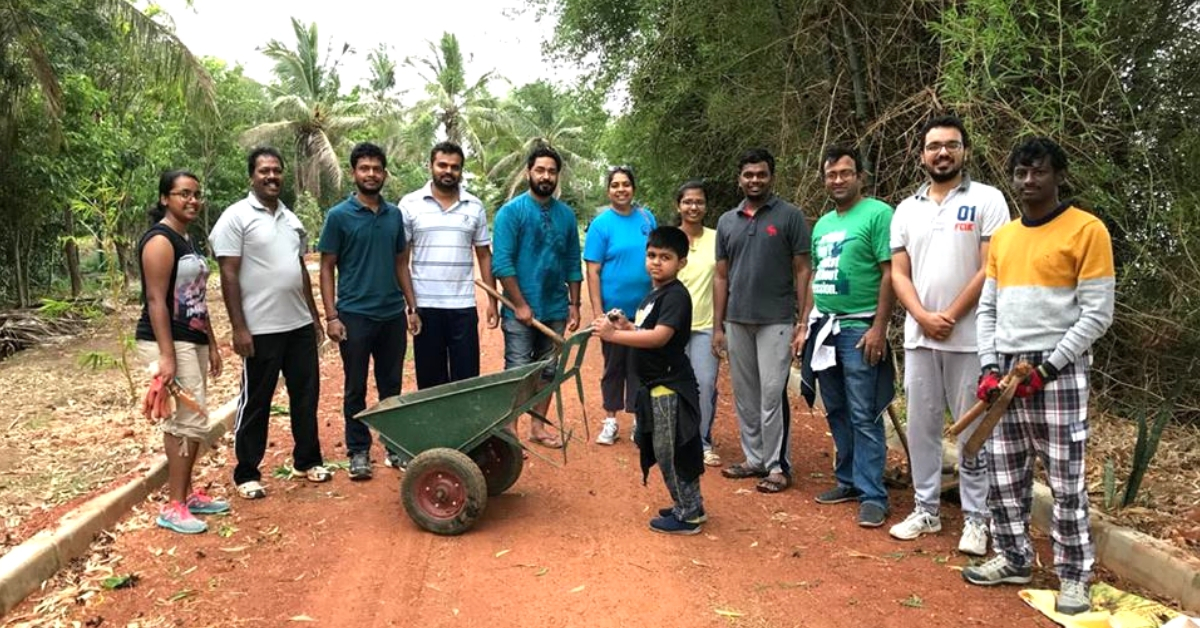
From revolutions to social reforms, history has laid testimony to the fact that when citizens come together for a cause and persevere towards making it a reality, change happens.
And if we can join hands for issues that concern the society, why not step up for our own environment—given the overwhelming amount of exploitation and mining of resources that occurs on a regular basis while catering to our needs!
That is precisely what a group of citizens from Bengaluru did to not just rejuvenate a lake but also invest their time and resources to turn it into a veritable treasure trove of herbal plants and red-listed endemic trees and shrubs!
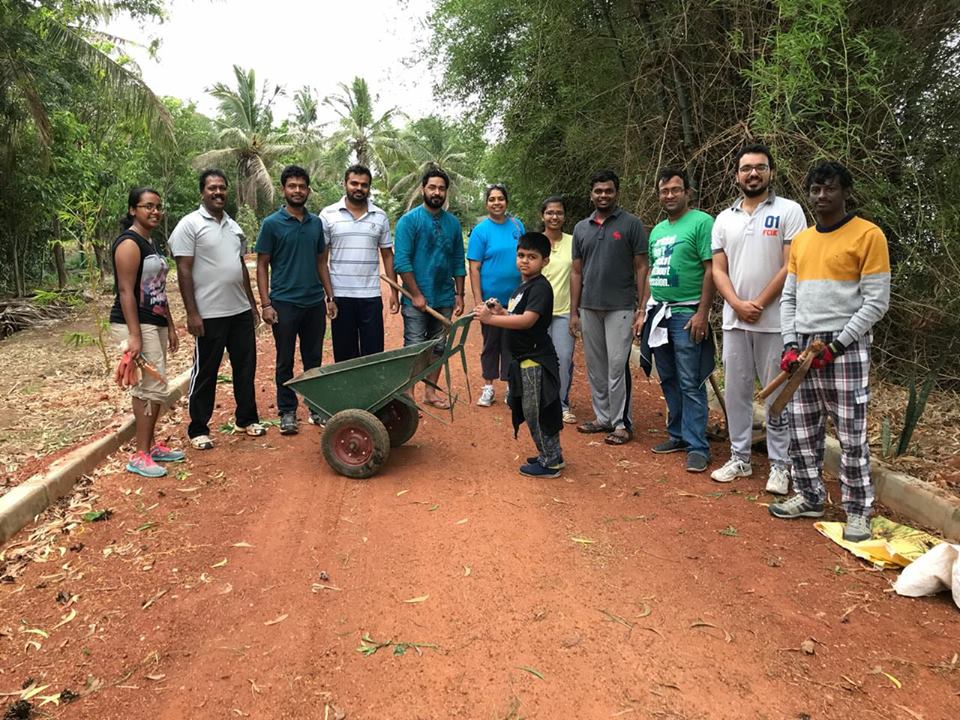
Though Jakkur Lake had already been revived by the Bangalore Development Authority (BDA) almost a decade ago, what drove these people to band together and form a citizen-driven trust named Jala Poshan was the incessant littering and dumping of garbage that had reversed all the efforts by the BDA.
People from all walks of life came forward to be part of this initiative, which flagged off informally with weekly cleanliness drives in 2014.

A few weeks passed by, but the people felt cleaning alone wasn’t enough to save the lake if they were to protect the ecosystem it was harbouring.
With common consensus towards adopting the lake, they then went ahead and approached the BBMP, before finally signing an MOU.
Taking charge of the lake, they put together a comprehensive plan with the help of horticulture and plants experts, to not just increase the green cover in the area but also open it to butterflies, migratory birds and most importantly, bees.
Today, if you walk along the Jakkur Lake premises, you will find many known and lesser-known medicinal herbs, aromatic shrubs, as well as rare and red-listed endemic trees lining the area, where community and conservation zones coexist.

“While conservation was indeed our top priority, what we put ahead as the focal point in our endeavours to revive the Jakkur Lake was a balanced socio-ecological model that would not just include conservation of flora and fauna but also public utility spaces, says Annapurna S Kamath, one of the trustees of Jala Poshan to The Better India.
Annapurna continues, “We have experts from various institutes in our advisory board, who lent in their expansive knowledge as to which plants would be beneficial for the soil surrounding the lake to ones that would attract butterflies, bees and even migratory birds. But we were sure about one thing: no exotic plants or trees—only those that were not only endemic but endangered or red-listed ones.”
To keep it as natural as possible, fencing was ruled out. Instead, natural hedges were planted along the 4-km stretch with aromatic shrubs interspersed for natural fragrance.


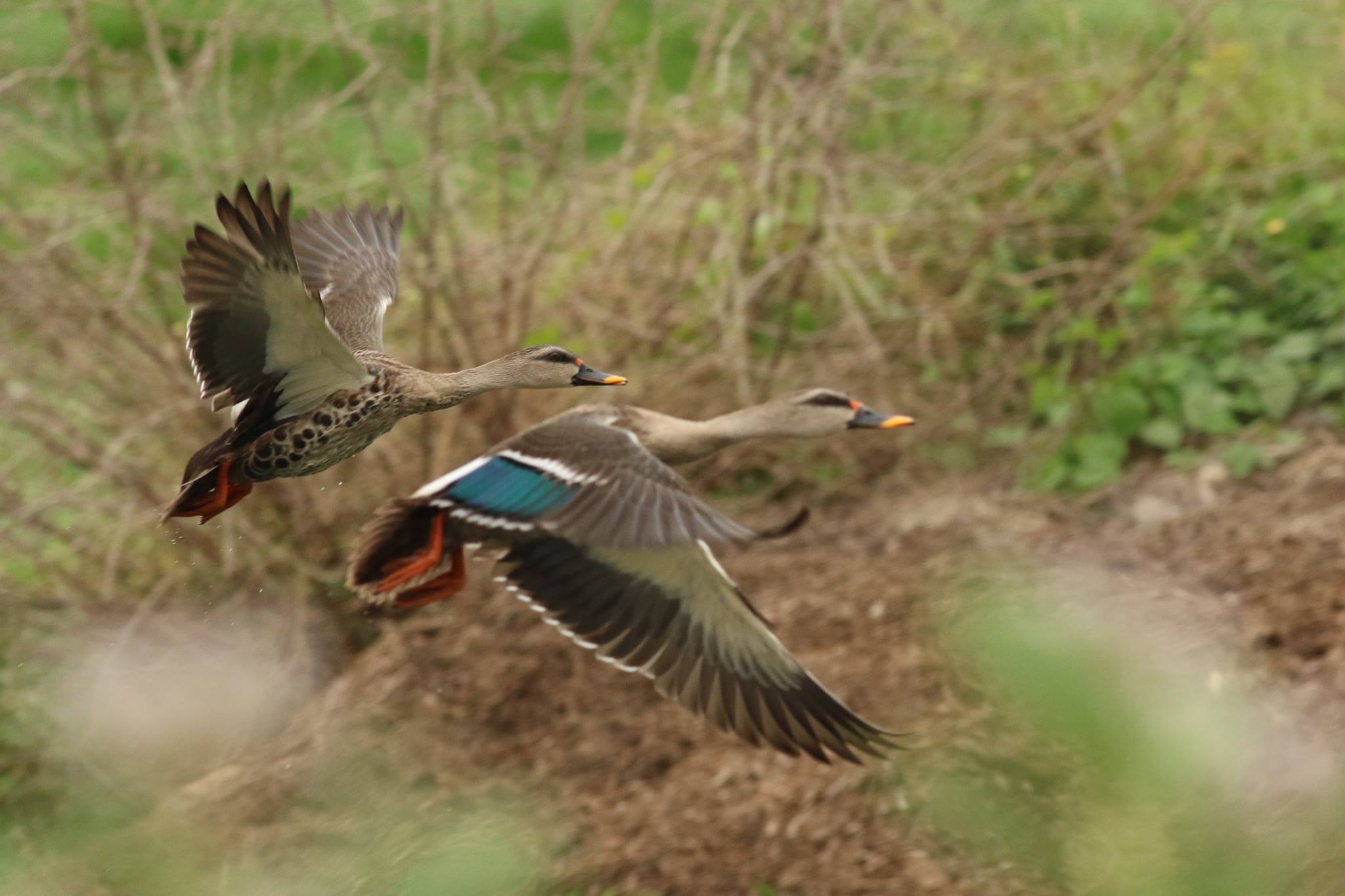
One of the members who played a central role in the flora selection as well as designing the garden layouts is Dr Ganesh Babu, a Senior Research Officer at the University of Trans-Disciplinary Health Sciences and Technology, Yelahanka. He is also an expert in medicinal plants and herbs.
There were also folks from the Horticulture Department and institutions like the Foundation of Revitalization of Local Health Traditions (FRLHT), GKVK College of Agriculture Sciences and even bird experts, who not only pitched valuable insights but also helped procure rare plants and trees.
Interestingly, the area surrounding the lake has been meticulously demarcated for varied purposes. From a butterfly garden that has witnessed an increased influx of winged visitors in recent years to areas with nectar intensive plant and tree species as well as a permaculture garden that centres its principle on sustainable and regenerative community gardening.
The face of Jakkur Lake has significantly changed and for good.
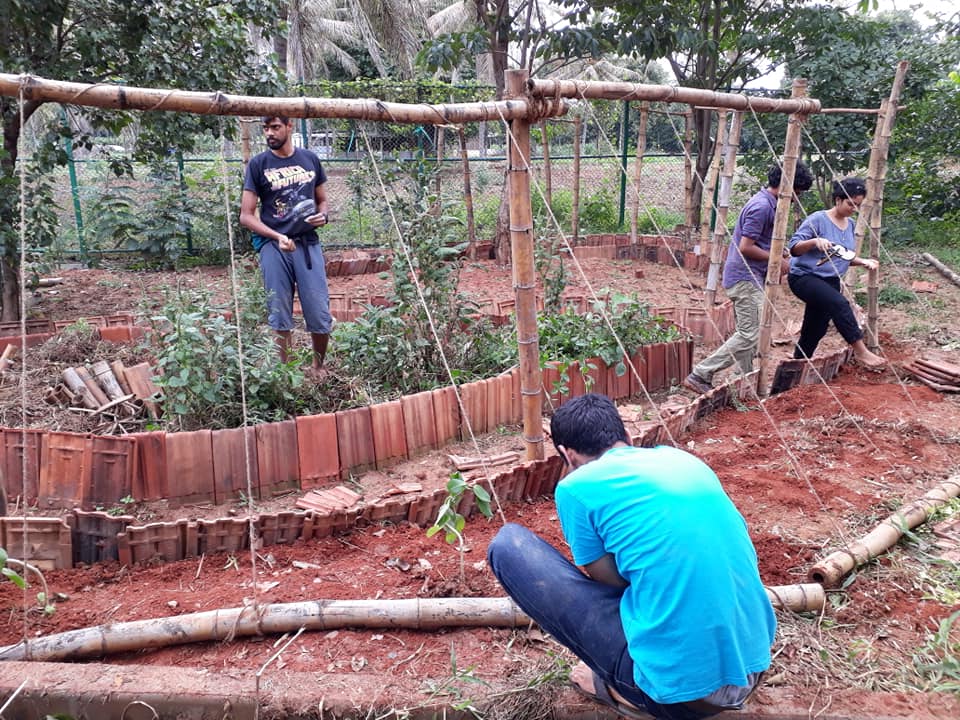
“Initially, the plantation was done only by the experts, which would mostly occur during the monsoon months as the time is collectively considered optimal for planting. A lot of research went in which species would be able to acclimatise and sustain themselves. Which was why we were keen on native species and especially those that were rare and endangered. Our agenda wasn’t quantitative but more of a qualitative pursuit,” explains Annapurna.
Unlike other non-profit organisations, Jala Poshan is a registered trust that comprises only environmentally conscious citizens living in the vicinity of Jakkur lake, which today has over 200 members dedicated to conserving the lake and its biodiversity.
For the last four years, while many crowdfunding drives have helped fund their initiatives. Jala Poshan has also found many corporates coming forward and joining hands with them as part of their CSR activities.


“Such collaborations have significantly helped us in procuring plants and shrubs. For example, shrubs worth ₹2 lakh were planted by a conglomerate called Colt whereas the herbal plants were contributed by an aviation corporate named Menzies Aviation Bobba, which spent about ₹1 lakh,” adds Annapurna.
Even many educational institutions have approached them over the years during events like Vana Mahotsav or even simple Shramadhan (volunteering) activities, where small-scale plantation drives are ensued by students.
As of the maintenance of the lake and its green cover, the responsibility has been entrusted to a local women’s self-help-group named Jala Sevika. The members are strict about maintaining the vegetation in a purely organic manner. For this, the people living in the vicinity contribute from their households by routing their kitchen waste and vegetable compost to act as natural manure for the plants.
The members and volunteers of Jala Poshan regularly meet at the lake premises where most ideas and further planning concerning the lake emerges.
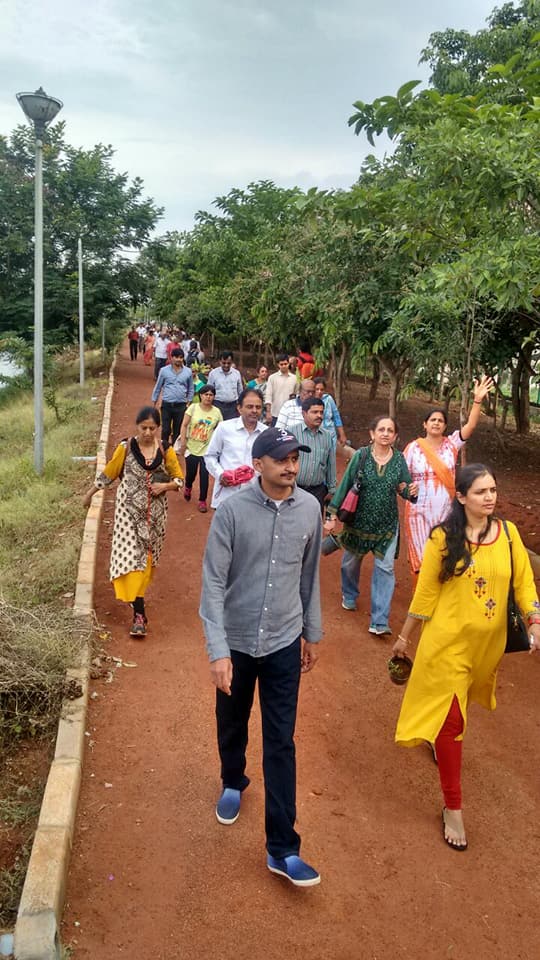
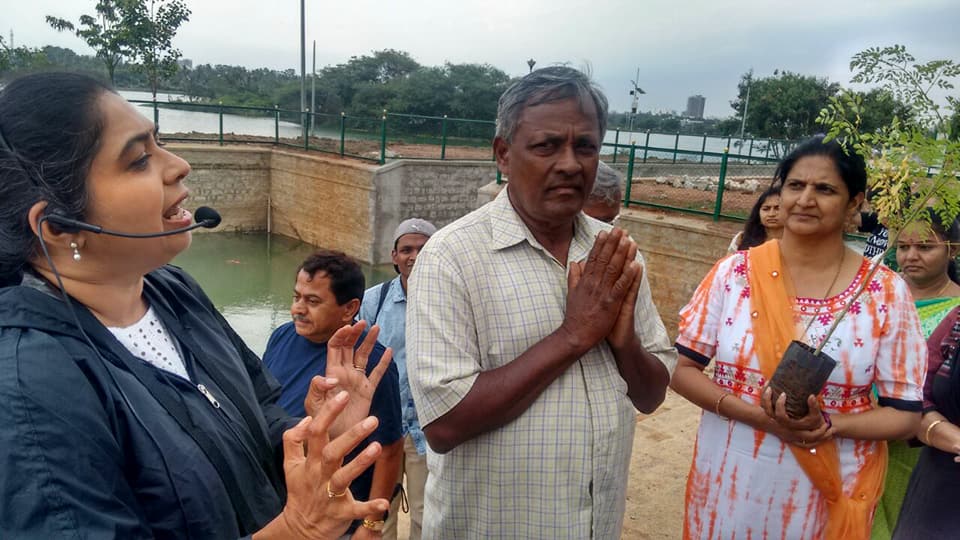
“All the previous initiatives like the butterfly garden, permaculture patch as well as the inclusion of medicinal herbs and aromatic plants arose from such discussions. As of our plans, we have identified an undergrowth conservation project, which is currently in its nascent stage. This would include shade-loving shrubs and plants that not just increase the foliage in the region but also turn into an ecological hotspot,” concludes Annapurna.
You may also like: Once Choking to Death, Bengaluru’s Hebbal Lake Was Revived by These Pensioners!
It is beyond inspiring how these folks managed to revive Jakkur Lake and ensure its sustainability through a series of well-conceived initiatives. Their continued efforts prove how community-driven initiatives can make a substantial impact on the environment, especially when it is under threat and exploitation.
To know more, you can reach out to Jala Poshan on their website or check out their Facebook page.
(Edited by Shruti Singhal)
Like this story? Or have something to share?
Write to us: [email protected]
Connect with us on Facebook and Twitter.
If you found our stories insightful, informative, or even just enjoyable, we invite you to consider making a voluntary payment to support the work we do at The Better India. Your contribution helps us continue producing quality content that educates, inspires, and drives positive change.
Choose one of the payment options below for your contribution-
By paying for the stories you value, you directly contribute to sustaining our efforts focused on making a difference in the world. Together, let's ensure that impactful stories continue to be told and shared, enriching lives and communities alike.
Thank you for your support. Here are some frequently asked questions you might find helpful to know why you are contributing?


This story made me
-
97
-
121
-
89
-
167














